Types of Tea Posted on 19 Mar 00:12 , 0 comments

How many types of tea do you know? Green Tea, Oolong Tea, Black Tea... They are all made from the same tea plant, and they are different only on the way they are produced. Basically there are three types of tea, Non-fermented tea, Half fermented tea and Fermented tea. Japanese Green Tea is Non-fermented tea. Oolong tea is Half fermented tea. Black tea is fermented tea.
In tea production, what is usually called fermentation is actually oxidation. Japanese Green Tea is Non-fermented tea and there are two methods to stop oxidation of tea leaves. One is steaming tea leaves. The other is roasting tea leaves on a steel pan. In Japanese green tea only Kamairi-cha is made by roasting method.
Ten-cha is a Japanese green tea made by steaming method. Matcha is made by powdering Ten-cha.
Learn more about Matcha Green Tea!

The oldest reliable record of tea drinking in Japan can be fond in "Nihon Koki" (one of the six classical Japanese history texts).
One passage describes how the Buddhist monk Eichuu offers tea to the Saga emperor on the 22nd of April 815. At that time, tea was a very rare delicacy.
It then got more widely spread during the Kamakura period (1185-1333 CE) when Yosai, a Buddhist monk also known for having started the Rinzai Sect, brought back to Japan from Sung dynasty China.
The tea drunk at the time was close in resemblance to today's Matcha. Sencha came into being during the Edo period and within time it spread to the common people as well.
Try the Best Organic Matcha Green Tea well respected amongst tea connoisseurs.
You have matcha questions and we have the answers! If you're curious about the Japanese green tea powder and need some more information before giving Grace & Green's matcha a try, here are 5 of the most frequently asked questions about matcha and our answers. We hope you learn something new about our favourite tea. Be sure to head to our shop page to find different matcha options to purchase afterwards, too.
1. What is the difference between matcha and other green teas?
Matcha and other green teas are from the same plant, Camellia Sinensis but the growing and processing methods of the tea leaves is the main difference. To make matcha, tencha green tea leaves are used. The plants are shaded before harvesting by covering them with bamboo mats or tarps. After the leaves are harvested they are steamed to prevent oxidation. They are then sorted before grinding in the the green powder we all know and love. Other green teas do not go through this entire process.
2. What is the difference between the ceremonial and culinary grades of matcha?
The main factors when comparing ceremonial grade matcha to culinary matcha are harvest, origin, plant and leaf quality and processing technique. Ceremonial grade matcha is higher quality and commonly used in the Japanese tea ceremony. It is the best for drinking matcha straight. Culinary grade matcha is lower quality and commonly used in recipes. Since it is a different quality than ceremonial grade, it can be a bit bitter and more grassy. Mixing it with other ingredients helps!
3. What should authentic Japanese matcha taste like?
Of course the taste of matcha will depend on the quality you are drinking and how you make it. But, authentic matcha from Japan should be the best quality with vegetal notes, smooth mouthfeel and no bitterness.
4. What are the health benefits of matcha?
Matcha is quite unique when it comes to other teas because you are ingesting the entire tea leaves when drinking it. Therefore, you are getting all of the nutrients from those tea leaves! Matcha is rich in vitamins, fiber and chlorophyll.
5. Why does my matcha not froth?
Your matcha may not be frothing for a few reasons! If you’re using too much water, the layer of froth on the surface of my matcha is hard to achieve. Also take a look at your water temperature. If the water is too cold the matcha will not suspend well in the water. The other option is that your matcha is low quality. Higher quality matcha is best if you really want to get a nice layer of froth. Lower quality matcha is harder to froth and better to be made into a latte, smoothie or other recipes.
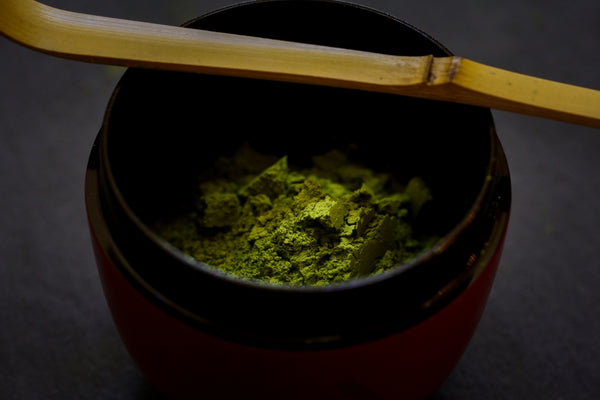
Matcha is a bit pricier than other teas on the market today since a lot of time and hard work goes into making this wonderful Japanese green tea powder. We understand that it may feel like an investment to some and that’s why we want to help you keep your matcha fresh for as long as possible. The simple way to do so is storing the matcha properly.
While you should store other teas away from the cold it’s actually best to keep your matcha in the cold! But, not just anywhere. It’s best to keep it inside an airtight container and then placed in the fridge. The cold and dark space will help keep the matcha fresh. If it is exposed to heat and air the matcha will begin to slowly change from the vibrant green colour to something dull (ie. brownish-green). It also may lose some of the great health benefits!
Once you get some matcha out to make a bowl or cup, seal the package or container immediately. When you place it in your fridge try not to have it with other items that may give off a strong odor. You don’t want to grab your matcha next time and make a cup that tastes like something else in your fridge! Also, storing your matcha in the fridge instead of the freezer is best because the freezer may expose the matcha to too much moisture.
Matcha has a shelf life of about 1 year if sealed. The shelf life changes once you open your matcha though. That’s why good quality matcha is often sold in smaller quantities (ie. 20-30 gram tins) because unless your drinking matcha all day every day, you may not use up 100 grams of ceremonial matcha before the flavour and health benefits deteriorate.
With proper storage, opened matcha is usually best within 1-3 months. However if your matcha is passed that best before date that is okay! Matcha technically doesn’t really go “bad” in the sense that you have to throw it out once the best before date has passed. It just won’t taste exactly the same as it did when you first got it.
That being said, if your matcha is passed the best before date, try it out as a hot tea. If you notice a taste difference and do not enjoy it anymore don’t toss it out just yet! Try using this matcha for something else like a latte, smoothie or in baked goods. Still don’t like it? Dispose of it and
buy some fresh Japanese matcha right here! But, don’t forget to follow these tips next time around.
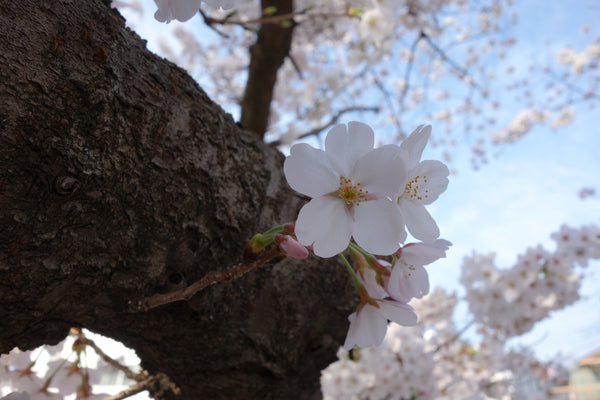
Sometimes we get messages from our customers. Most of our customers are Matcha lovers and have already tried many brands. And some of them have visited Japan. Today we got a message from the UK.
Order #6811 - Konichiwa Ritsuo- San, I am just messaging to say Arigatou gozaimashita for the delivery of my matcha, which I received today. Your note inside the package made my day as it brought back memories of my trip to Japan in November 2019 and the reason I fell in love with Japan.
Thank you, Mr. Sandeep!
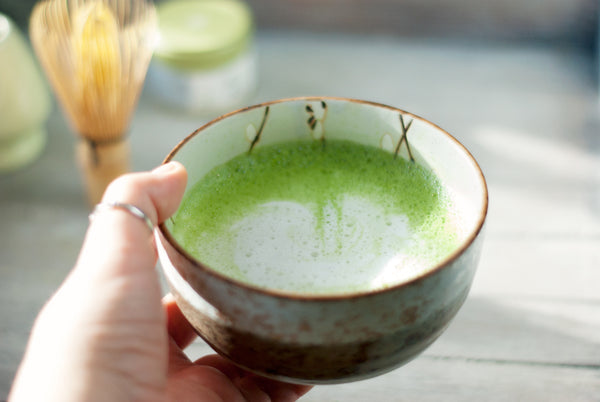
If you drink Matcha for its health benefits, one or two cups a day is enough, but it is more important to drink the tea for long periods rather than drink large amounts for short periods.
The amount of caffeine per 2g of Matcha is said to be more than a cup of tea but less than a cup of coffee. For this reason, children, pregnant women, breast-feeding women and people suffering from insomnia are advised to avoid drinking Matcha green tea.
Matcha contains catechin, which prevents iron absorption. Therefore, it is a good idea to avoid drinking Matcha before and after meals, especially if you are anaemic.

As matcha green tea is becoming popular worldwide, you can easily find matcha green tea that is not made in Japan. Usually the price of them is much less expensive.
The method of making Matcha was developed in Japan after the introduction of green tea powder into Japan from China. The most distinguishing feature of Japanese Matcha is the use of a Tencha oven. This oven was invented in Japan and is called a Horii-type Tencha oven (see the picture below). All Tencha ovens in Japan are said to be of the Horii type.
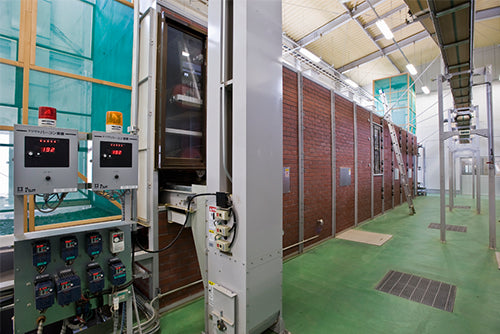
Another important feature of Authentic Matcha Green Tea is that it is made from some special cultivars that were developed in Japan exclusively for making matcha. Some of them are Samidori, Asahi, Gokou, etc.
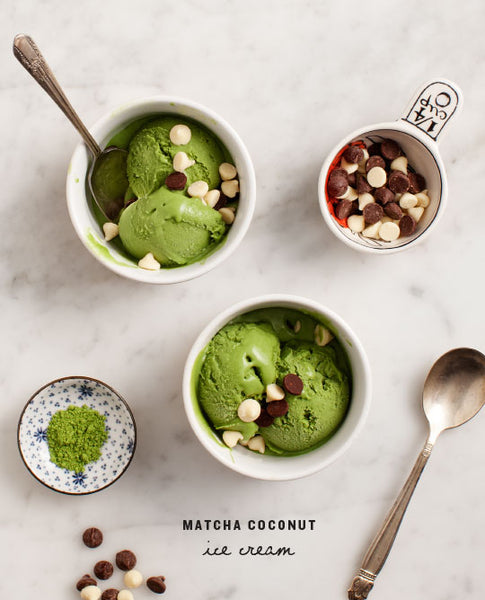
There is no definition for culinary / cooking grade Matcha. Conscientious tea companies are using low grade Tencha, which is not suitable for drinking, to make culinary grade Matcha by either stone mill or machine. Therefore, the price of the tea is much cheaper than authentic high grade Matcha. In Japan it is said that only one third of Matcha (including culinary / cooking grade Matcha) is made from Tencha. So what is the left of them? They are green tea powder made from Sencha (most common Japanese green tea). Therefore they are not Matcha technically.
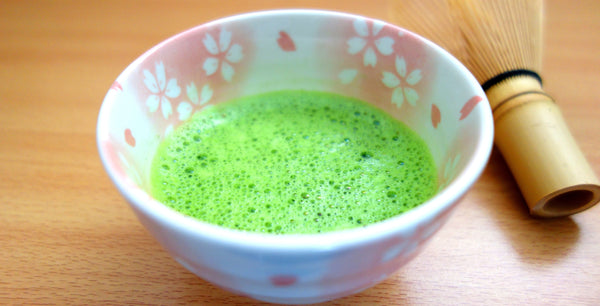
What is Matcha?
To know about Matcha, it is essential to know about how to make ‘Sencha’ (cha means tea), the most common green tea in Japan.
After the young tea leaves are picked, they are steamed to prevent oxidization. Then they are pressed and left to dry. This process is repeated several times until finally they become Sencha. The reason why they are pressed is that by breaking up the structure of the tea leaves, the components of them are easily released when they are made into tea.
How about Matcha, then?
First of all, Matcha is defined as a stone-ground green tea powder made from Tencha. At present, machines are also regarded as an acceptable method of grinding Tencha to make Matcha. What is Tencha, then?
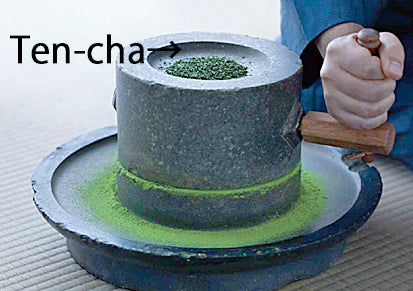
To make Tencha, young leaves are grown in the shade for about 20 days. Under these conditions, L-Theanie (the source of flavour), which is made at the roots then carried up to the leaves and stored there, is prevented from transforming into Catechin (the source of bitterness and harshness). Furthermore, this method makes tea leaves produce more chlorophyll, resulting in deep green-colored tea leaves. These tea leaves are picked, steamed, then dried in a special drying oven called a‘Tencha oven’ without any process of pressing the tea leaves. Then they undergo the final process to become Tencha.
Authentic Matcha is made from Tencha only!
If you are Matcha lover and looking for authentic high quality matcha green tea, read our customers' reviews and try our organic matcha green tea! Your matcha green tea is Here!











